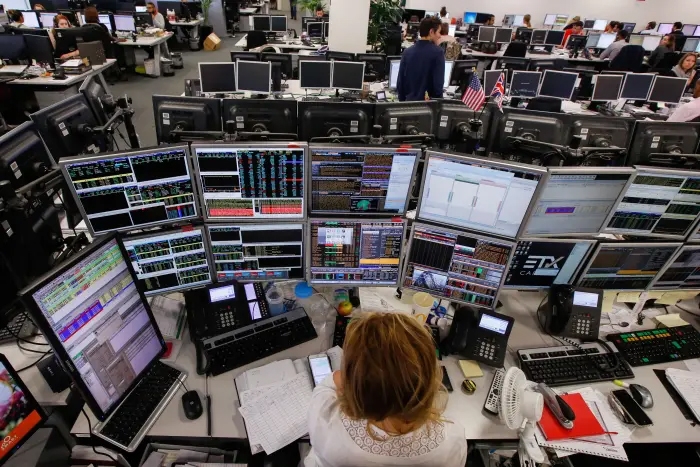
There has been little news overnight but much of the focus has been on the new record set for the S&P500, during a quiet trading session. That has been helped by further weakness in the USD that sees the NZD regain the 0.66 handle. The NZD is also higher on most of the crosses, even following record lows set for NZ short-term rates.
The S&P500 shows small gains and made a fresh intra-day high overnight, and is on track to close at a record high, surpassing the 19 February peak. This makes it the fastest recovery from a bear market ever. The positive trend is largely put down to evidence that the spread of COVID19 is under control in the US, with declining growth in case numbers, falling hospitalisation admissions and positive developments on vaccines and treatments for the virus.
At the same time, official economic data show a stronger than expected upswing in play and timelier high frequency data are still pointing in the right direction. Stronger than expected economic data has been met with a stronger than expected earnings season. In overnight data, housing starts and permits blasted higher, up 23% and 19% respectively in July, back close to pre-virus levels. The US housing market remains a bright spot in the economy, driven by record low mortgage rates and a desired move to the suburbs for many. Easy monetary policy is stoking the economy and asset prices, while the US Federal Reserve is on the record saying that higher interest rates aren’t a threat and a period of above-target inflation will be tolerated.
These positive trends have more than offset any concern about the fiscal cliff, the upcoming election, US-China tensions, or the fact that asset valuations look stretched.
Higher US equity prices can also be put down to the weaker USD trend, which continues. The BBDXY index is down 0.5% for the day and has traded at its lowest level in over two years. A weaker USD is now a widely held consensus view and speculative positions are short, but we’ve seen even larger bets during previous USD downturns. EUR reached a fresh high of 1.1966, before peeling off to its current level of 1.1935. GBP has been even stronger, up over 1% for the day to 1.3240.
The NZD has regained some poise, with the weak USD seeing the currency back above 0.66 overnight. For the day, the NZD is higher on all the crosses bar GBP, where it is currently down to 0.4990. After reaching a fresh 2-year low of 0.9055 soon after the NZ close, NZD/AUD has trended higher, up through 0.9120. AUD printed a fresh high of 0.7265, before peeling off.
The recovery in the NZD overnight isn’t entirely explainable, although the currency has been an underperformer over recent weeks. Yesterday we shaved a couple of cents off our NZD projections to reflect the government’s zero tolerance to any COVID19 outbreak – damaging short-term economic growth – and the evident determination by the RBNZ to drive domestic interest rates lower across the curve via its money printing operations and its revealed preference to move to a negative OCR next year, should further stimulus be required.
The latest GDT dairy auction showed a third consecutive fall in the price index, down 1.7%, in line with expectations, taking the cumulative fall since early July to 7½. In the latest auction, most product prices were lower, with whole milk powder down 2.2%, and the exception being a 1.1% rise in skim milk powder.
In the rates market, the pullback in global yields has extended into another trading session, with US 10-year Treasury yield nudging down to 0.66-0.67%.
Yesterday, the NZ rates market showed falls across the board and a slight steepening bias, with short rates falling by more than long rates. The 2-year swap rate closed down 4bps at a record low of 0.09%, while the range of 90-day bill futures from the June 2021 contract onwards all closed above 100 for the first time. As the market digests last week’s MPS, it sees increasing conviction that the RBNZ will take the OCR negative next year, beginning April. The money market curve shows a terminal OCR of around minus 0.15%, suggesting a better than even chance of the OCR falling to minus 0.25%. The lower rates trend is likely to continue – more so for the short-mid curve – given the RBNZ’s determination to push rates lower.
In the day ahead, the economic calendar remains light, with the Fed’s meeting minutes released tomorrow morning of some interest.

We welcome your comments below. If you are not already registered, please register to comment
Remember we welcome robust, respectful and insightful debate. We don't welcome abusive or defamatory comments and will de-register those repeatedly making such comments. Our current comment policy is here.